When the calendar turns to November, excitement starts to build among residents at the Derek Silva Community, a supportive-housing facility in the heart of San Francisco. The San Francisco-Marin Food Bank provides food for a weekly pantry at the Community, which is home to 70 people who were formerly homeless or are at risk of becoming homeless. Many of the residents have a triple diagnosis of physical health problems, mental health issues, and substance use.
“Thanksgiving is one of the highlights of the year,” says Kevin Fauteux, director at Derek Silva Community. “Residents really look forward to it and start getting ready with decorations weeks ahead of time. On Thanksgiving, we all gather together to share a communal meal prepared by volunteers from St. Matthew’s Lutheran Church with turkey, cranberries, and all the fixings provided by the Food Bank.
“For some of our residents who are withdrawn and isolate themselves, our holiday celebration is a reason for them to connect and participate,” he adds. “The emphasis is on the festivities, the party, and celebration – it’s not about being sick or needing help.”
One of the residents, David, says he looks forward to the celebration every year. “It’s nice to be able to invite a guest; we get dressed up, and it’s classy,” he says.
In addition to the communal Thanksgiving meal, some residents host their own celebrations with family and friends. Vicky, who invites her father, mother, and brother for the holiday said she loves getting a whole chicken from the Food Bank at Thanksgiving.
“Sometimes I roast it. I like the cranberries too, and I’ll steam the sweet potatoes,” Vicky says. “My family gets together for a nice Thanksgiving lunch, and we talk about what we are grateful for.”
The Food Bank’s weekly pantry helps make Thanksgiving extra special for neighbors at Derek Silva Community and continues to nourish them all year long.
“When someone has food, it makes a huge difference in their health,” says Fauteux. “Good nutrition makes them feel better, and they like knowing they can count on this food every week.”


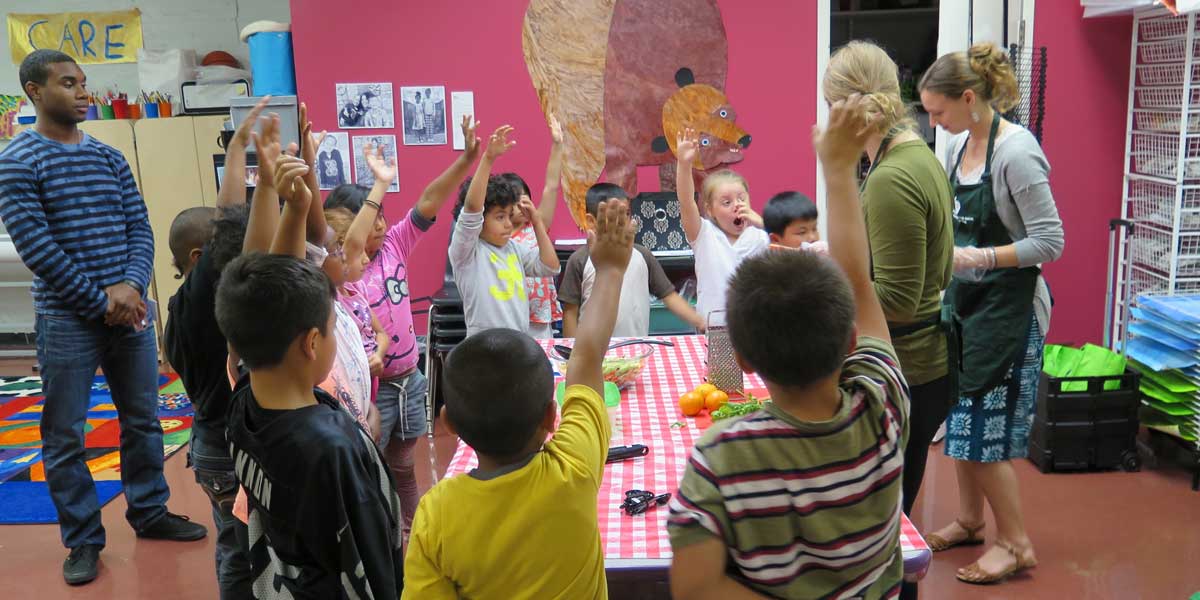 After learning about all the great things fruits and vegetables can do for their health, the students then help to cook the rainbow! Crunchy cabbage, carrots, snap peas, bell peppers, chicken and a homemade salad dressing are combined to make a Zesty Asian Chicken Salad.
After learning about all the great things fruits and vegetables can do for their health, the students then help to cook the rainbow! Crunchy cabbage, carrots, snap peas, bell peppers, chicken and a homemade salad dressing are combined to make a Zesty Asian Chicken Salad.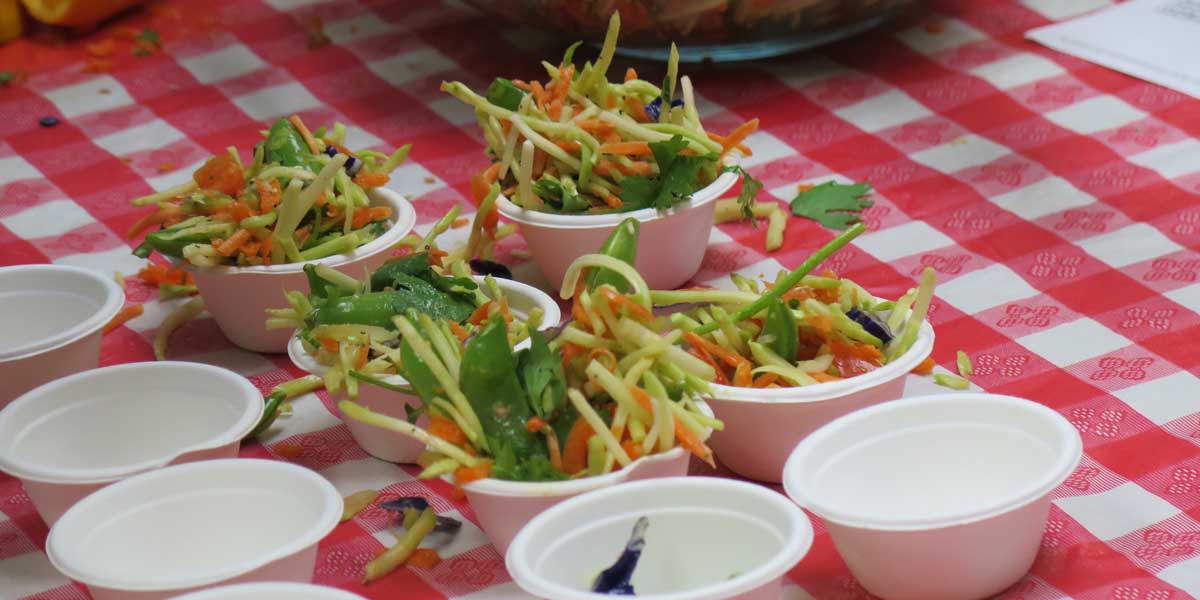
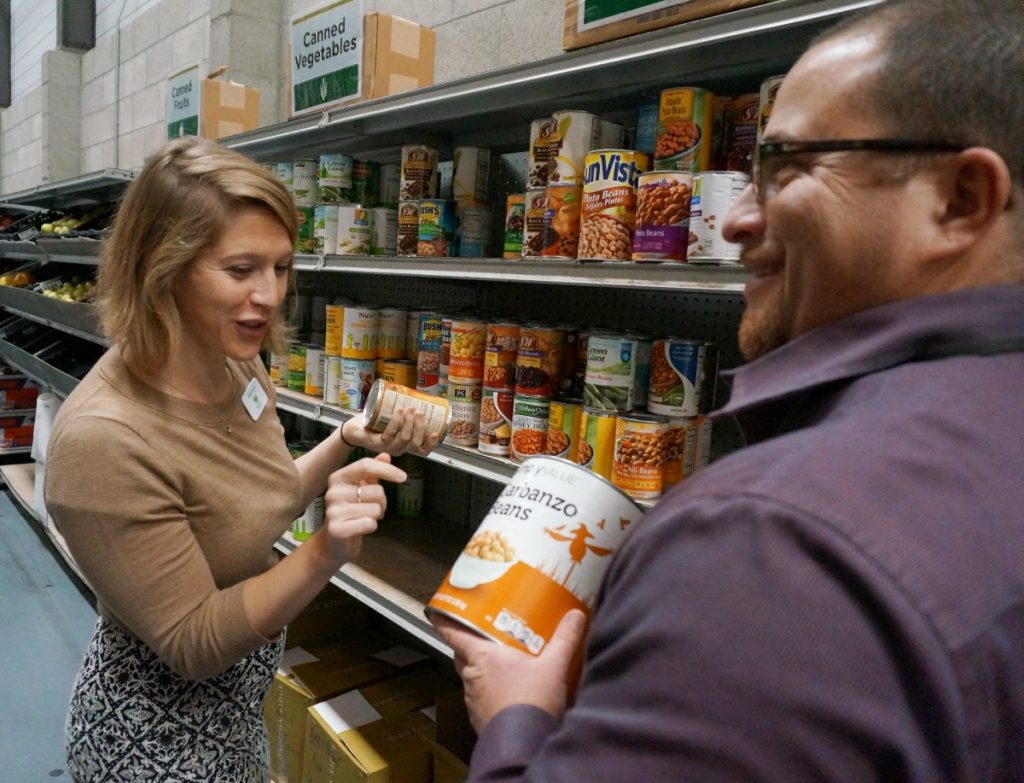
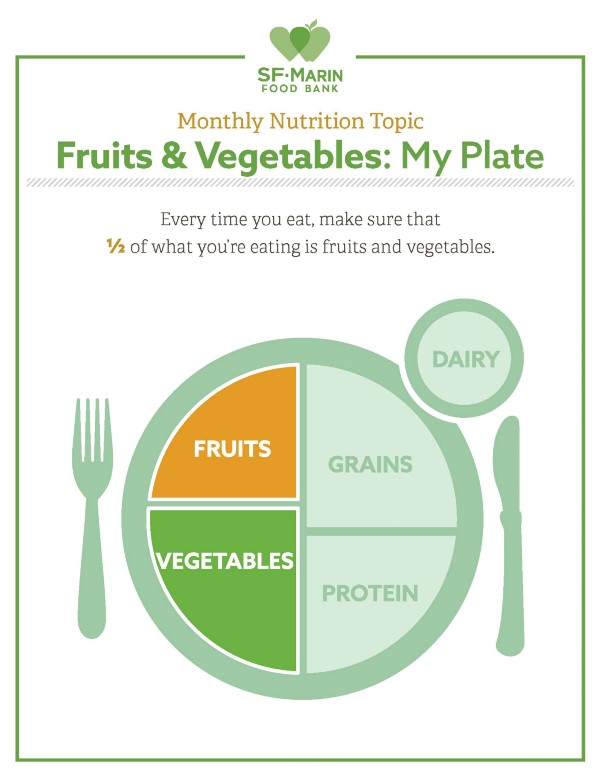
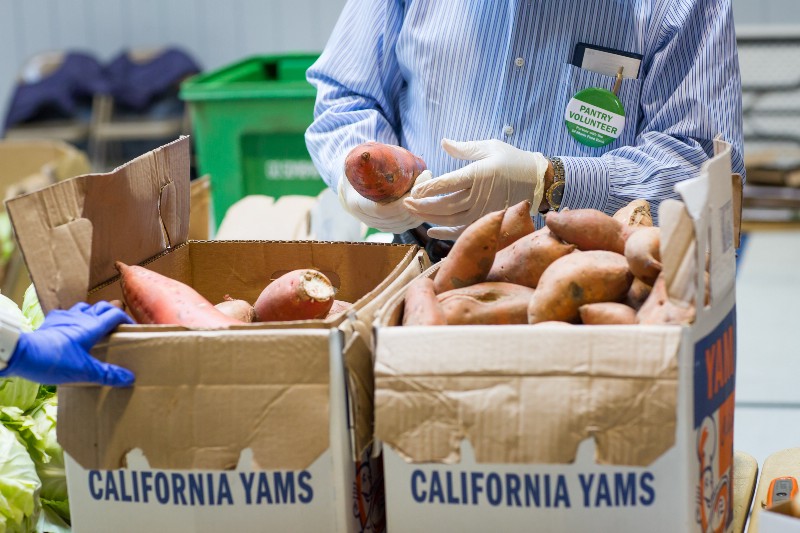
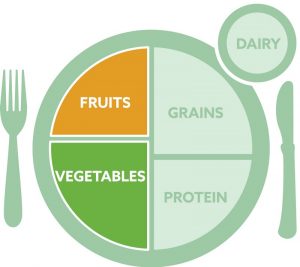
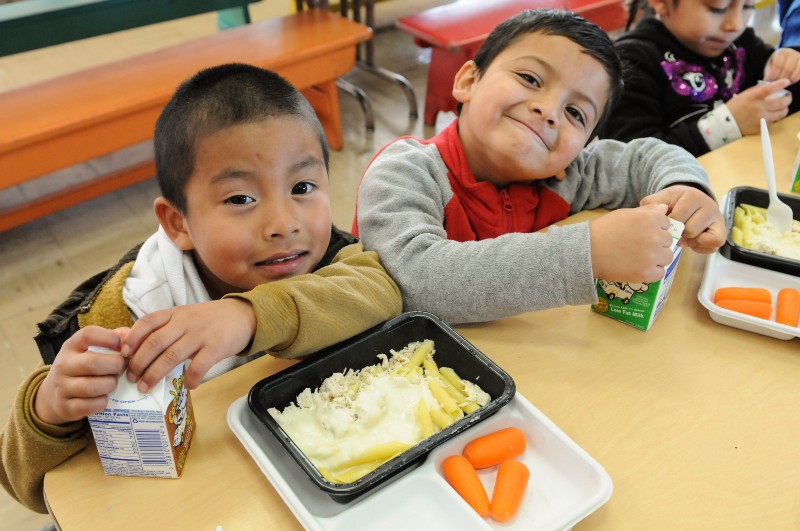
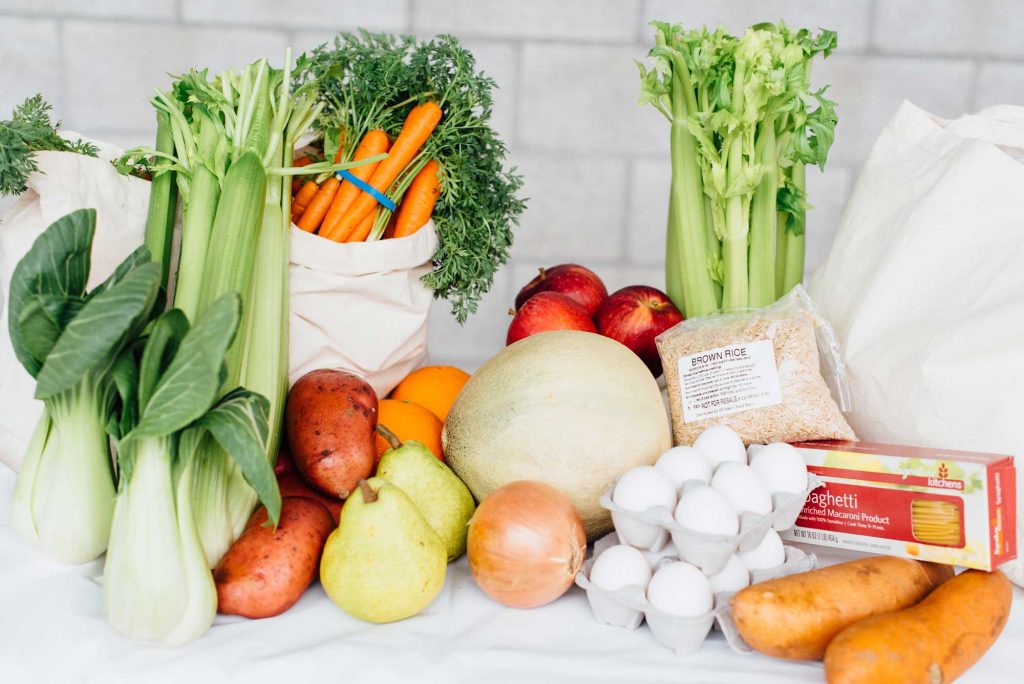
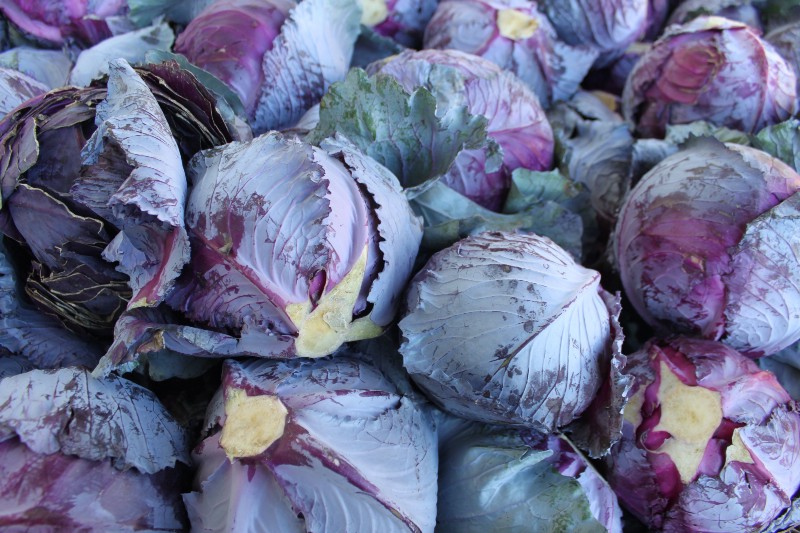
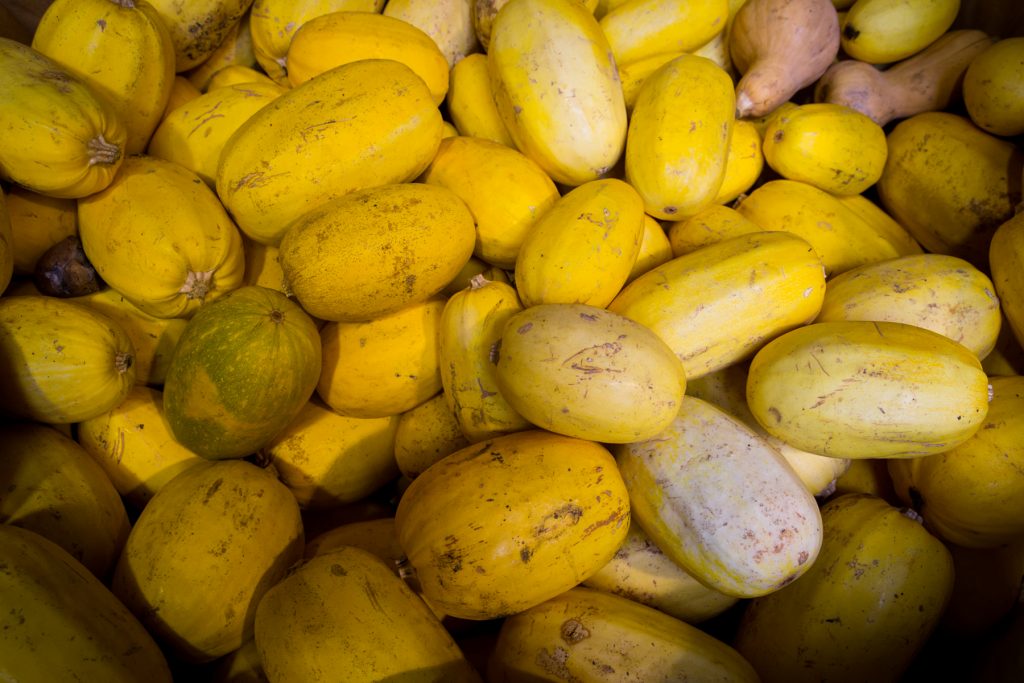
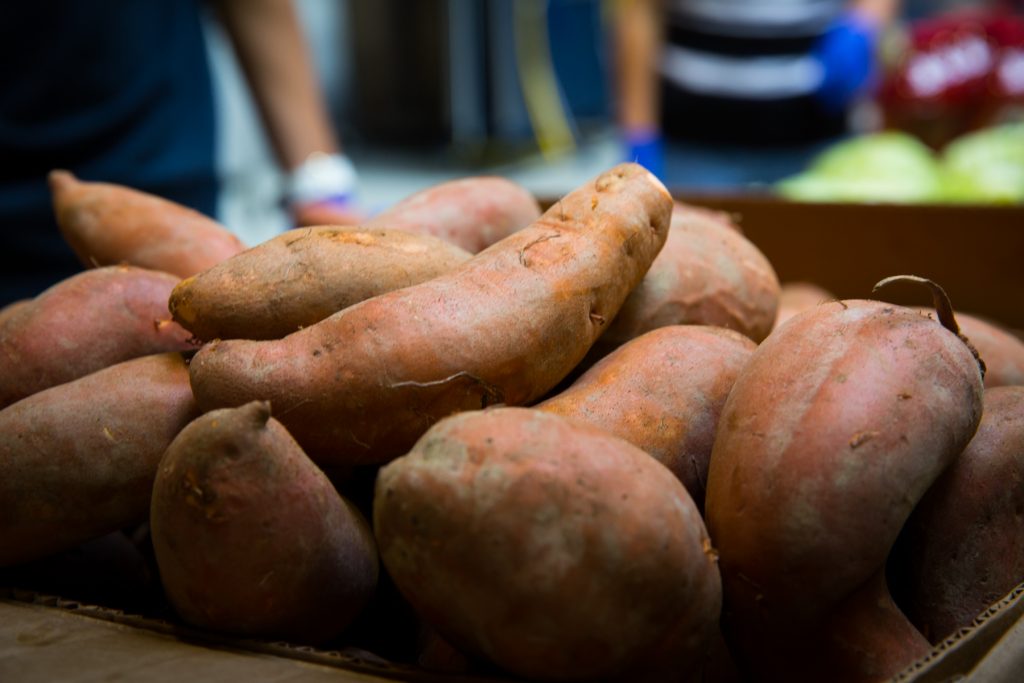
Share